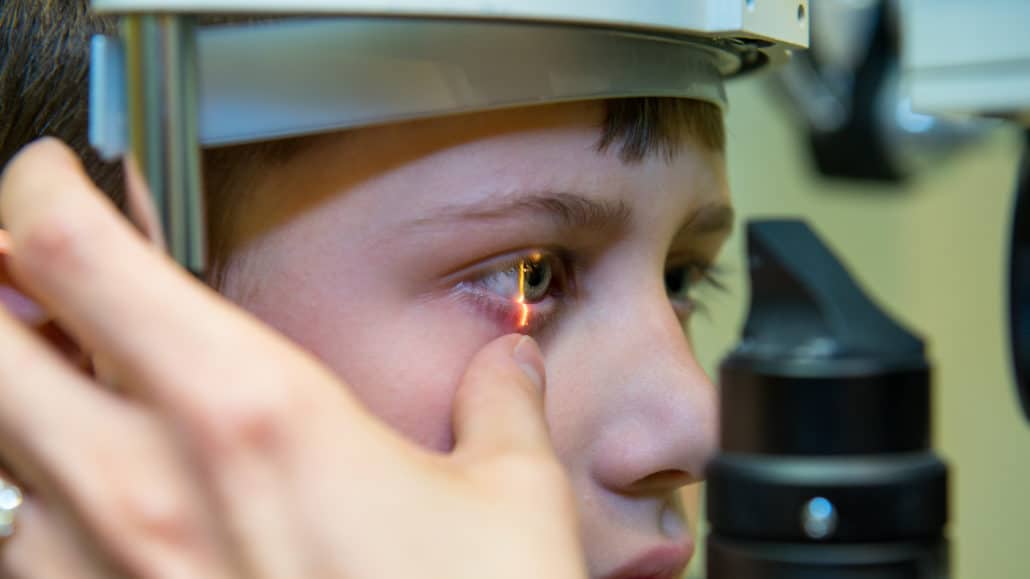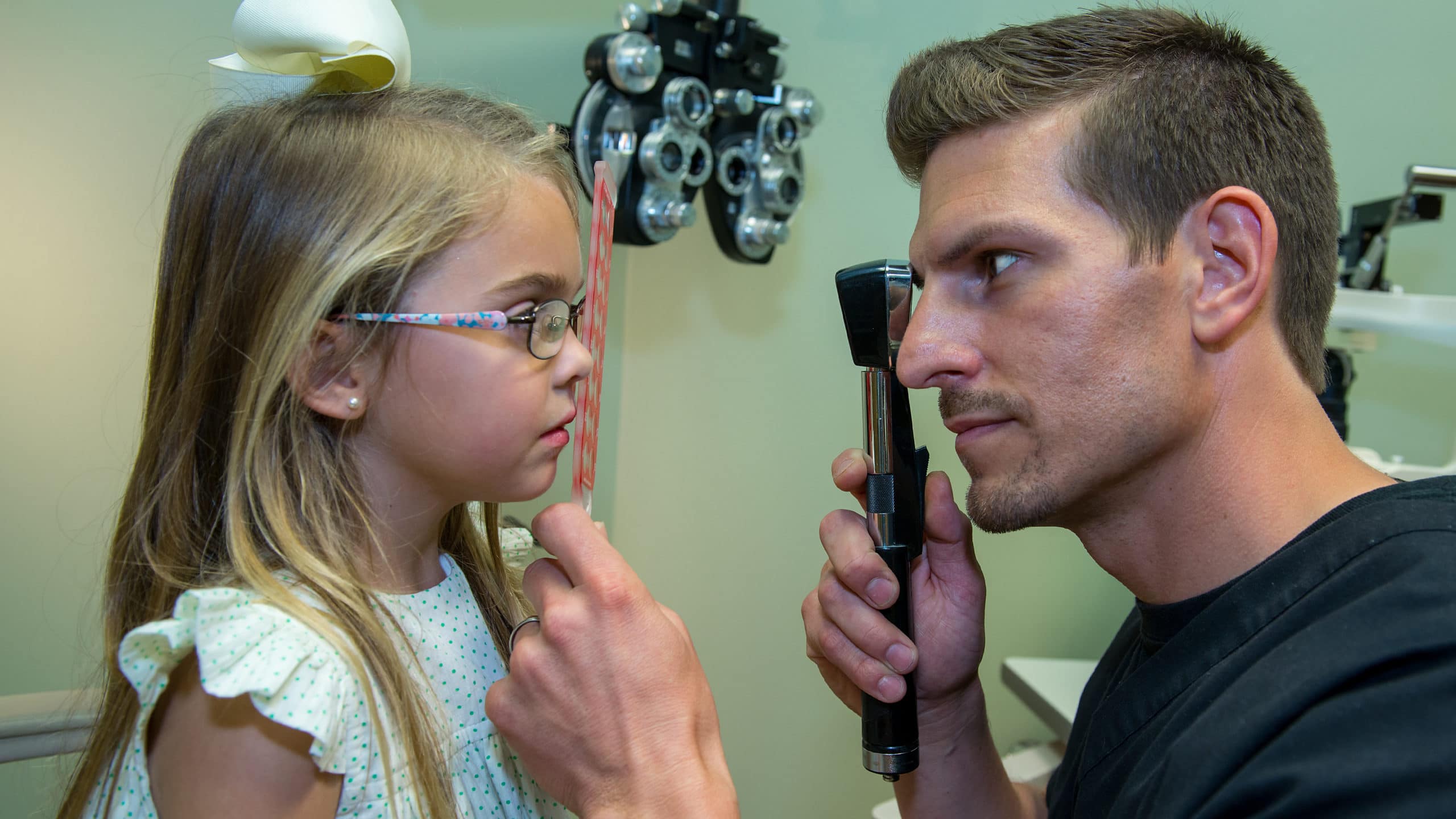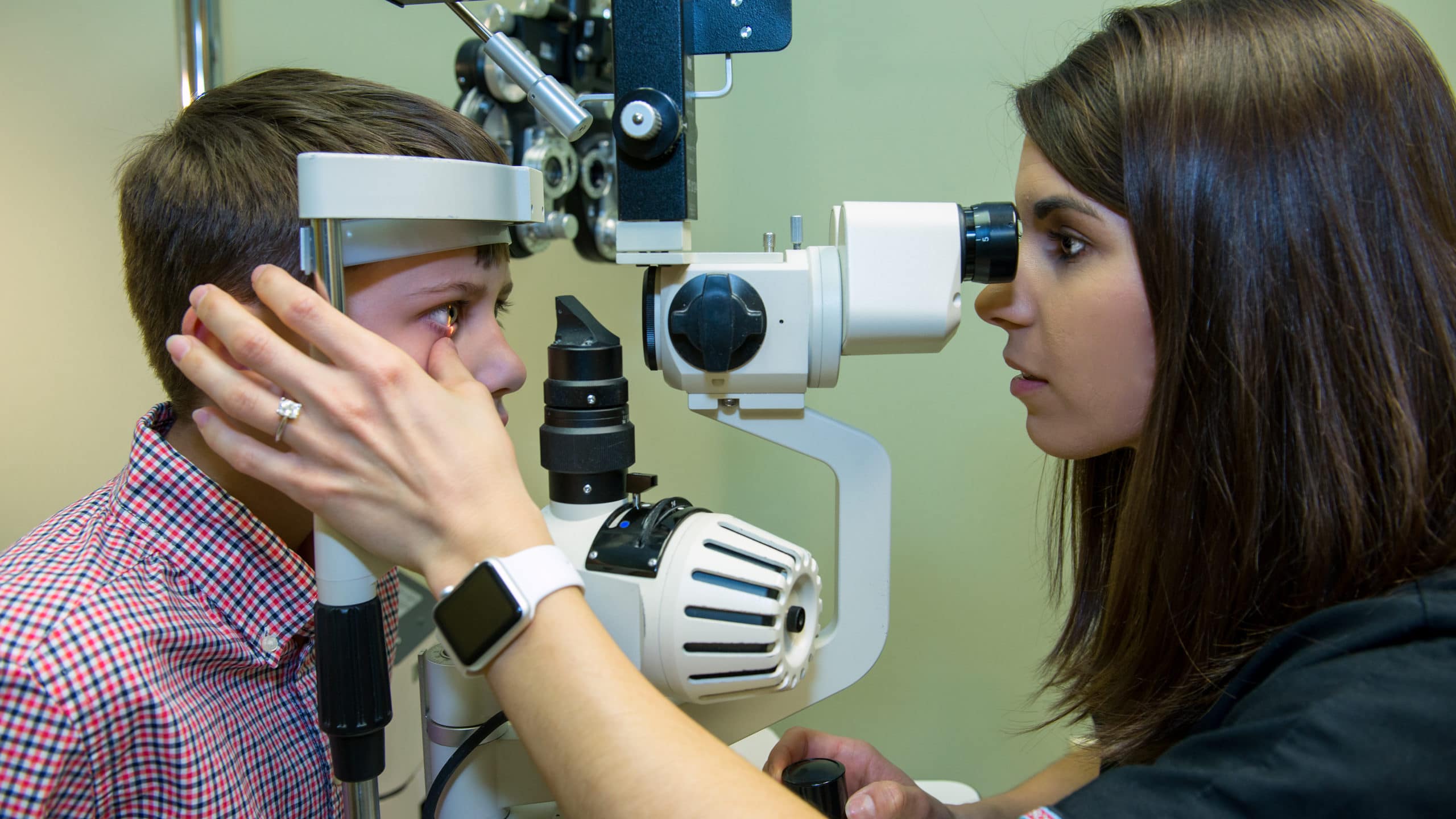3 Myths About Children’s Eye Health–and What Should Really Be Your Focus

There’s presently a lot of uncertainty across the country about if, when or how schools will reopen this fall. But regardless of whether your child will soon attend school in-person or at a distance by computer, this is still a good time to take a fresh look at their health, particularly their vision.
Unfortunately, it isn’t always clear about what should be the focus when it comes to children’s eye health. There are, in fact, a few “myths” floating about that muddy the waters around the essentials for good pediatric vision care.
To help sort it out, Dr. Scott Paladichuk and Dr. Anna Armstrong, optometrists with Hattiesburg Eye Clinic, have named their top 3 children’s eye care myths–and what your priorities should be regarding your children’s vision.
 Myth #1: Pink eye treatment always requires antibiotics. Although antibiotics are often needed for advanced forms of this common eye ailment (also known as conjunctivitis), it’s not always necessary. “Pink eye can be caused not only by bacteria, but also viral infections or allergies,” says Dr. Paladichuk. “Antibiotics work with bacterial infections.”
Myth #1: Pink eye treatment always requires antibiotics. Although antibiotics are often needed for advanced forms of this common eye ailment (also known as conjunctivitis), it’s not always necessary. “Pink eye can be caused not only by bacteria, but also viral infections or allergies,” says Dr. Paladichuk. “Antibiotics work with bacterial infections.”
Even mild cases of bacterial pink eye may not require antibiotics–it and other forms may respond to other treatments or simply clear up on their own. But don’t take the latter for granted: If one of your child’s eyes becomes red, swollen, watery or itchy, have them checked by an eye care provider as soon as possible.
 Myth #2: “Blue” electronic light is dangerous. With the rise of smart phones, tablets and laptops, many parents have become concerned that “blue” light emitted by those devices can damage kids’ eyesight. In and of itself, though, blue light isn’t dangerous: It’s part of the visible light spectrum and is actually more prevalent in sunlight (which is needed for a child’s physical development) than electronic screens.
Myth #2: “Blue” electronic light is dangerous. With the rise of smart phones, tablets and laptops, many parents have become concerned that “blue” light emitted by those devices can damage kids’ eyesight. In and of itself, though, blue light isn’t dangerous: It’s part of the visible light spectrum and is actually more prevalent in sunlight (which is needed for a child’s physical development) than electronic screens.
But problems can arise from too much “screen time” on devices. “We’ve recently seen an increase in children complaining of headaches and eye strain,” says Dr. Armstrong. “We feel this may be due to more time spent on devices because of the coronavirus shutdowns.” The doctors recommend frequent breaks from devices using the “20-20-20” rule (every 20 minutes look away to an object 20 feet away for at least 20 seconds).
Myth #3: A screening is about the same as an exam. Both doctors agree school vision screenings typically performed at the beginning of an academic year are beneficial. But they’re mainly limited to identifying more obvious problems with severe eye turns or problems seeing at a distance. “Children rarely complain about their vision,” says Dr. Armstrong. “So, vision problems affecting reading and other near activities may easily go undetected during a screening.” A screening may not reveal underlying causes for vision problems or other serious eye conditions or diseases.
So, in addition to screenings, the doctors recommend regular eye exams for kids every one or two years, especially those beginning kindergarten or first grade. “While screenings and primary care visits can identify some vision problems,” says Dr. Paladichuk, “Only a complete eye exam by a qualified vision care provider can give you the full evaluation of your child’s eye health you as a parent need.”
For more about protecting your children’s vision, visit us at HattiesburgEyeClinic.com. To learn more about how Hattiesburg Eye Clinic can improve your family’s vision health, call 601-268-5910 (or toll-free 800-624-8254) or schedule a consultation with us.
